Building for the Health of the City in 1930s Williamsburg
In 1935, the city announced that they were building eight health centers in various neighborhoods across the city to provide free or low-cost health care.

Editor’s note: This story is an update of one that ran in 2014. Read the original here.
New York City’s first Board of Health was founded in 1793, in reaction to a yellow fever epidemic. The first Health Commissioner was John Pintard, who was appointed in 1804. Over the course of the next 70 years, the city only reacted to various epidemics, including yellow fever, cholera, smallpox, diphtheria and other infectious diseases. But as the century progressed, doctors and city officials realized that public health had to do more than just react; it had to be proactive in setting health standards and guidelines for the city.
The Board of Health began working with doctors, social reformers and others to lobby for better tenement rules, having found that diseases spread most where poor people were packed together in tenements with little light or ventilation. They began giving classes to mothers and older children, teaching hygiene and diet. And they began building clinics and hospitals. Several serious epidemics spread across the city in the 19th and early 20th century, the last being the horrific influenza pandemic in 1918 that killed thousands in New York City alone.
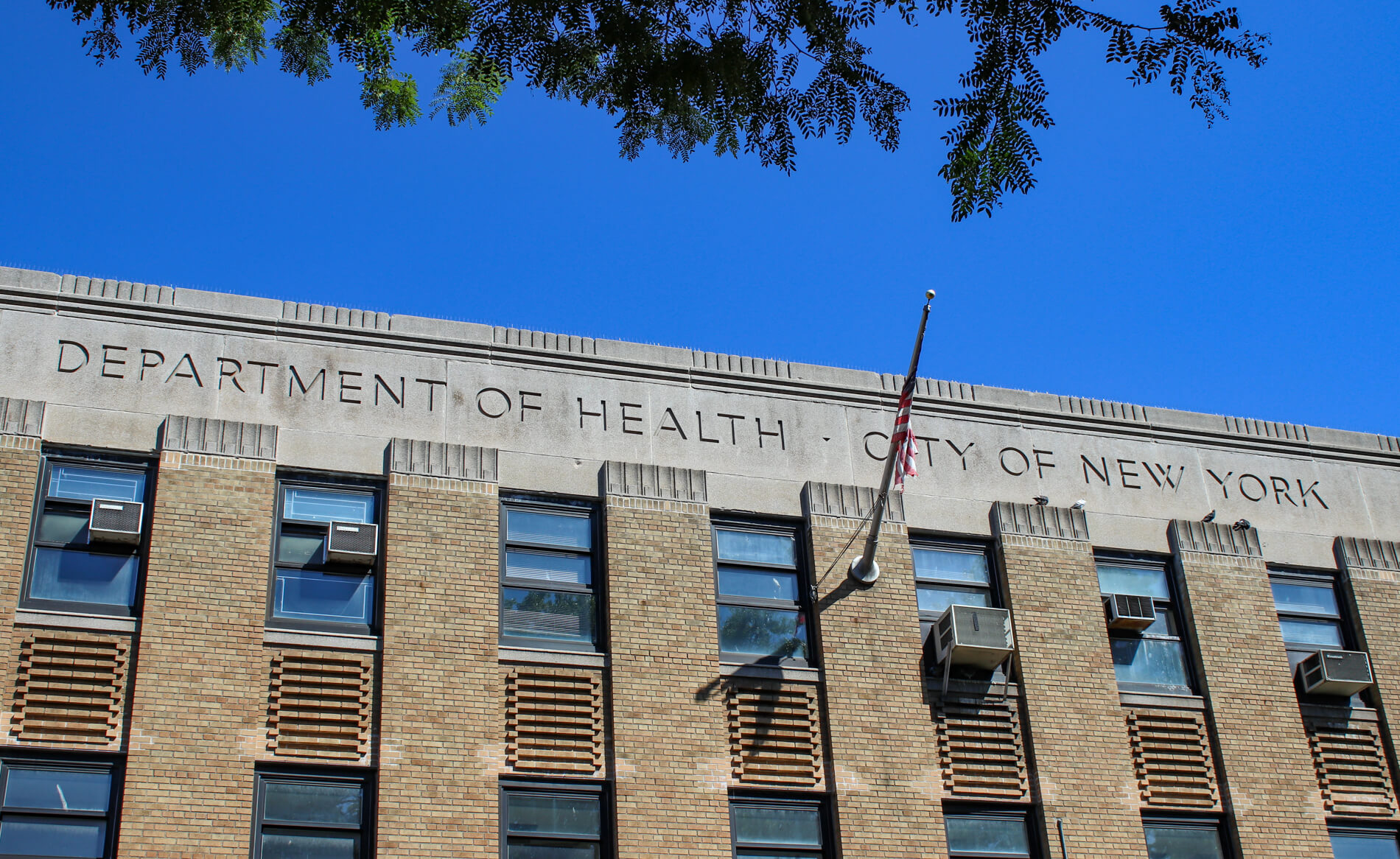
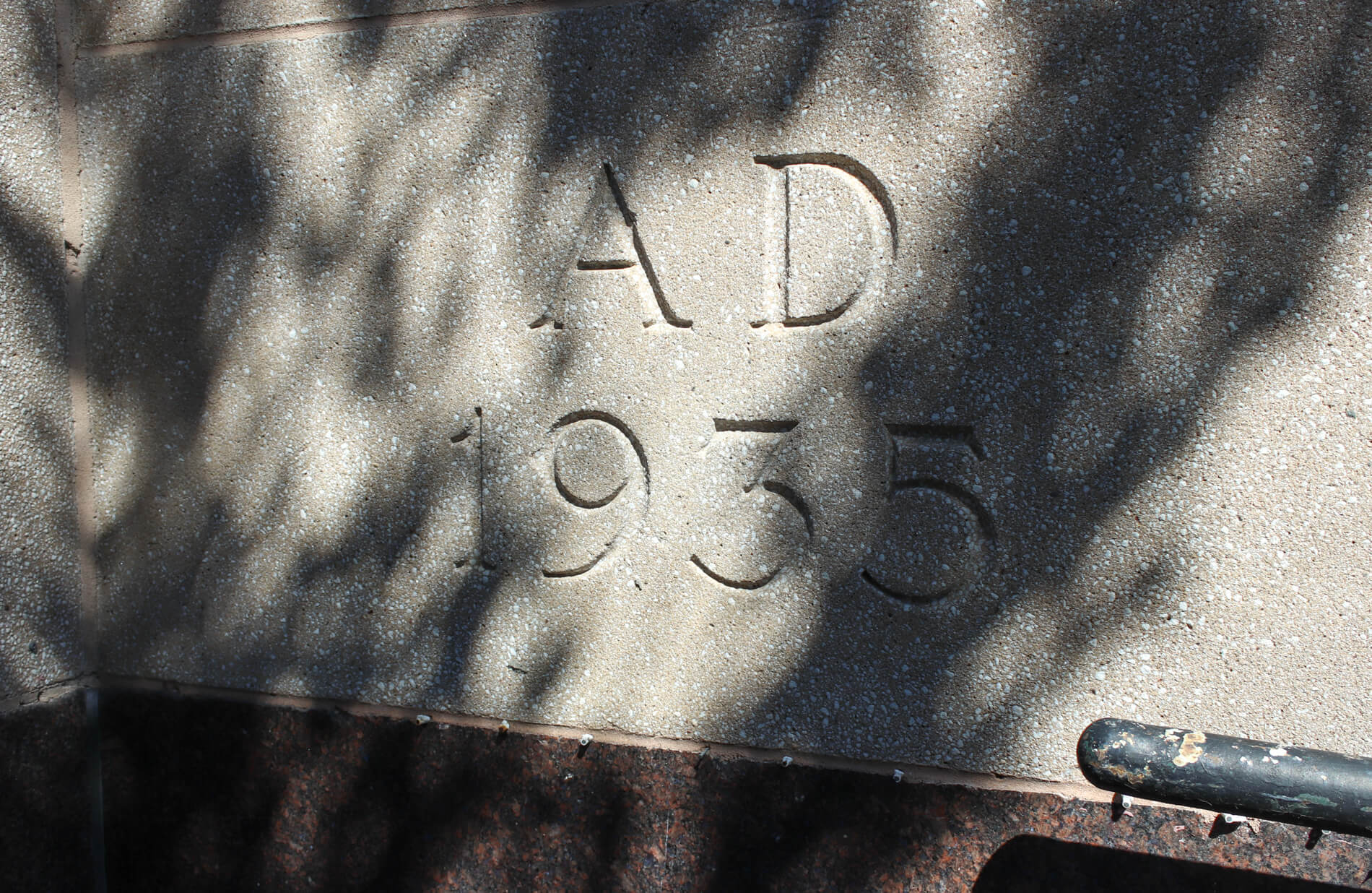
By the 1930s, the city’s Health Department was at the forefront of public health care in the country. Children’s health was of primary concern, and the department had taken large strides in all kinds of programs and inspections to ensure the health of the city’s children, especially among the poor who could not afford regular doctor visits. The department had cracked down not only on obvious disease conditions in tenements, but had also gone after tainted milk, which had literally killed hundreds of children in the past.
The city was also building new housing projects, designed to help the poor live in clean and more sanitary conditions. Aided by federal money during the Great Depression, these projects provided a boost to the economy in terms of jobs, and enabled the residents to live in the nicest places they were likely to see. One of the first of these projects was the Williamsburg Houses, built between 1935 and 1938.
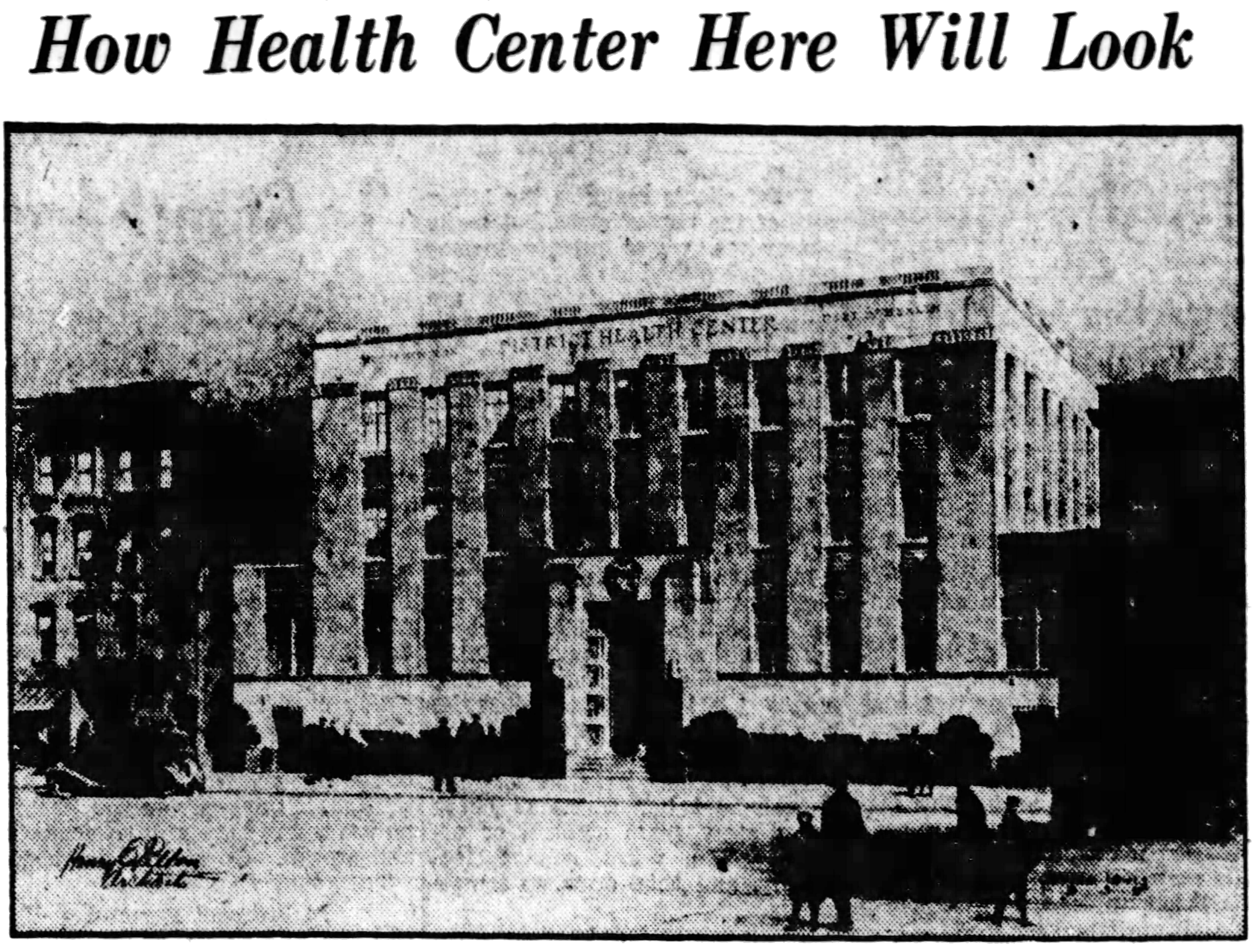
In 1935, the city announced that they were building eight health centers in various neighborhoods citywide. Run by the Department of Health, they would provide free or low-cost health care. One of these centers was to be built at 151-157 Maujer Street, right across the street from the Williamsburg Houses. Mayor Fiorello LaGuardia and officials from the Department of Health, housing, and the Brooklyn borough president were on hand to lay the cornerstone of the building in May of 1936.
Articles in the Times, the Eagle and other papers talk about the building, designed by Henry C. Pelton, in great detail. It was funded for the most part by federal money, but was city owned and city built. When the building opened for business in 1937, it was the fourth health center to open. Mayor LaGuardia announced that the center was for the people in the community, for their health needs. “If you can’t afford your own doctor, this will aid you,” he told the crowd.
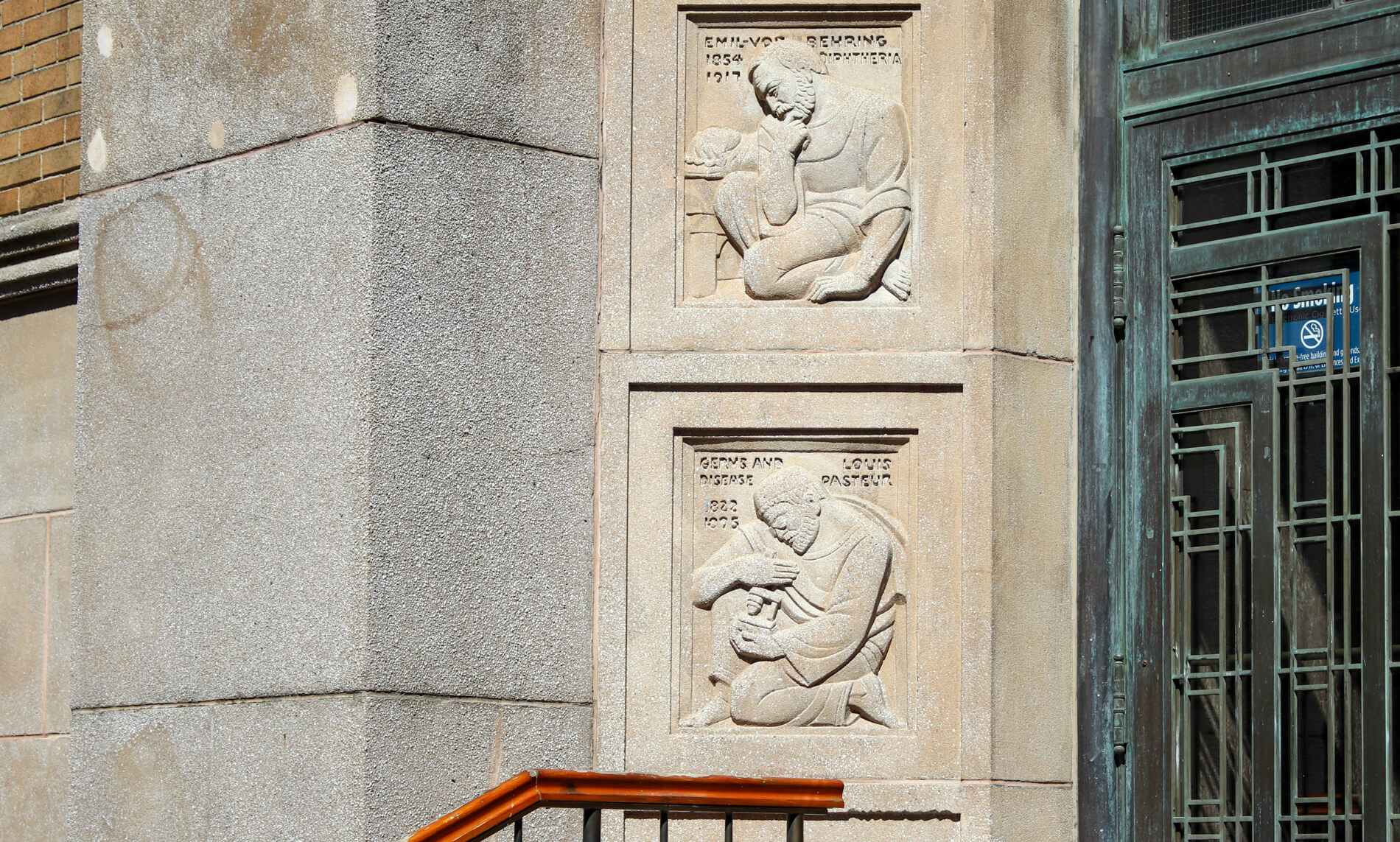
The opening ceremonies of the center actually turned out to be quite controversial. The feisty mayor took exception to remarks made by two other speakers, and took issue with them when it was his turn to speak. The state director of the Public Works Administration (PWA), which financed most of the project, called the federal government the “Santa Claus of the project.” Another speaker credited the past Tammany Hall administration for starting the project. LaGuardia was not amused at either remark.
Regarding the federal PWA spending he said, “Don’t get the idea that it was 100 percent Santa Claus. It was maybe 35 to 40 percent Santa Claus and the rest was Santa Claus at 4 percent interest.” He then ridiculed the other speaker’s comment about the previous administration. “In 1934, their committee was going someplace. Then we came in.” He went on to say that at the rate the other committee was going, the health center might have been built by about 1950. “Then they would have been starting something,” he said.
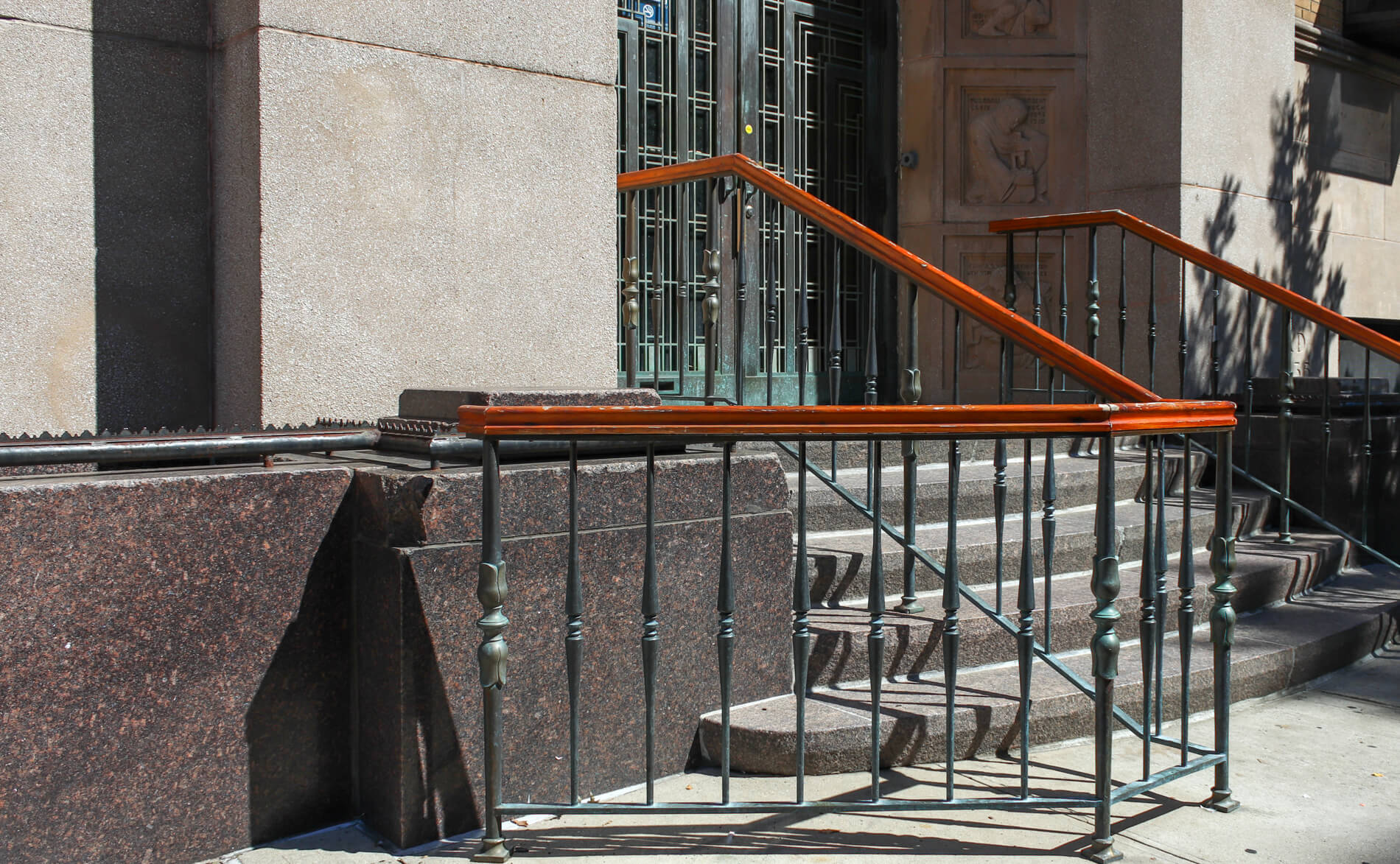
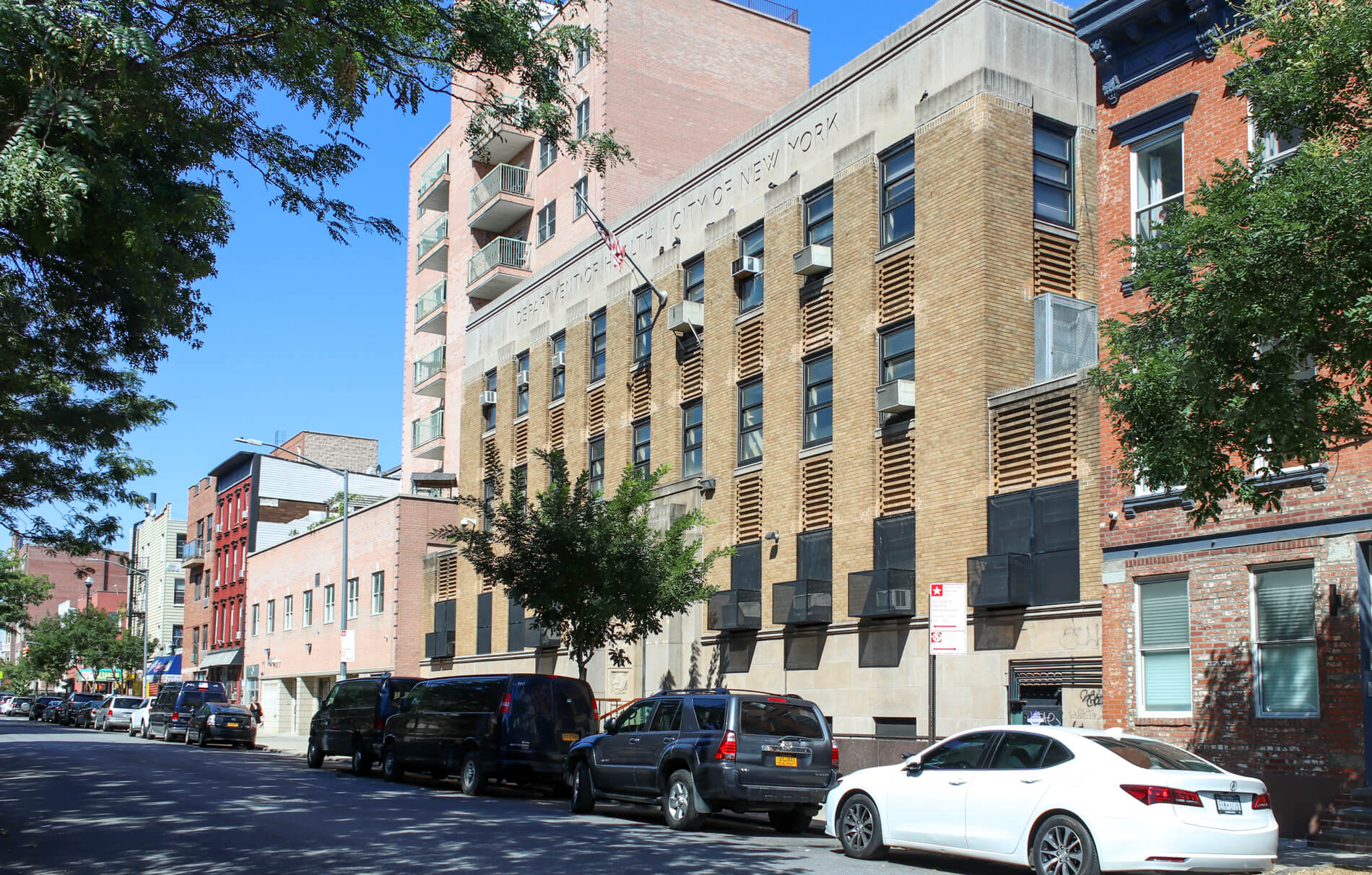
The new facility was called the Williamsburg-Greenpoint Health Center, although it was referred to by other nicknames and neighborhood names as time went by, making researching it an involved process. It was state of the art, and the only health center built in the entire country by the PWA that had a complete range of health and educational programs. They offered dental, oral hygiene, maternity, infant, tuberculosis and venereal disease clinics, rooms for visiting nurses and other health and welfare agencies, and a spacious auditorium.
The Williamsburg Houses, the new high school built in the middle of the development, and the health clinic were the poster children for the workings of good government helping people in need. Mayor LaGuardia called it “one of the greatest social projects anywhere.” It’s had a few different names since construction. Today it is known as the Williamsburg Counseling and Testing Site, operated by the New York City Department of Health and Mental Hygiene.
[Photos by Susan De Vries unless noted otherwise]
Related Stories
- Williamsburg Bank Exhibits Striking Style and Rare Dash of Viennese Influence
- The Hecla Iron Works Factory Rose From the Ashes in Williamsburg
- A Look Back at Flatbush’s Small Hospital for Cradle to Grave Medical Care
Email tips@brownstoner.com with further comments, questions or tips. Follow Brownstoner on Twitter and Instagram, and like us on Facebook.

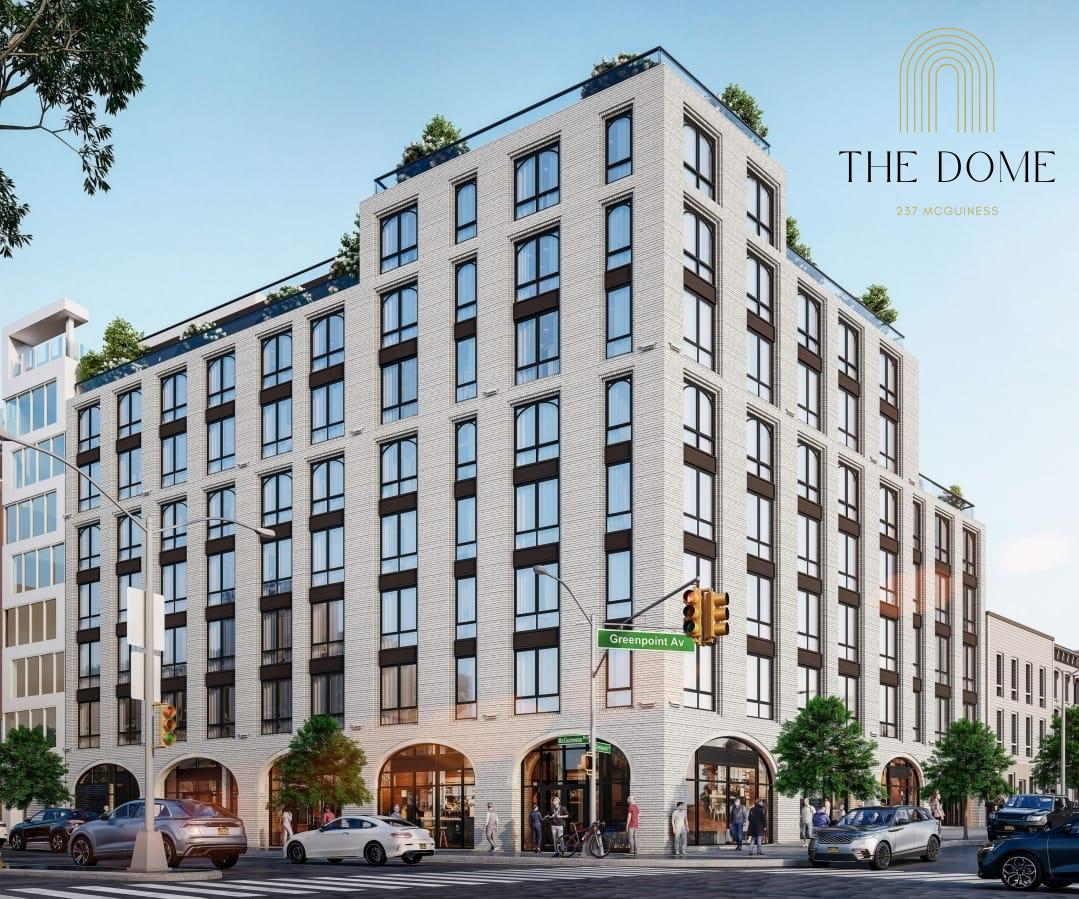
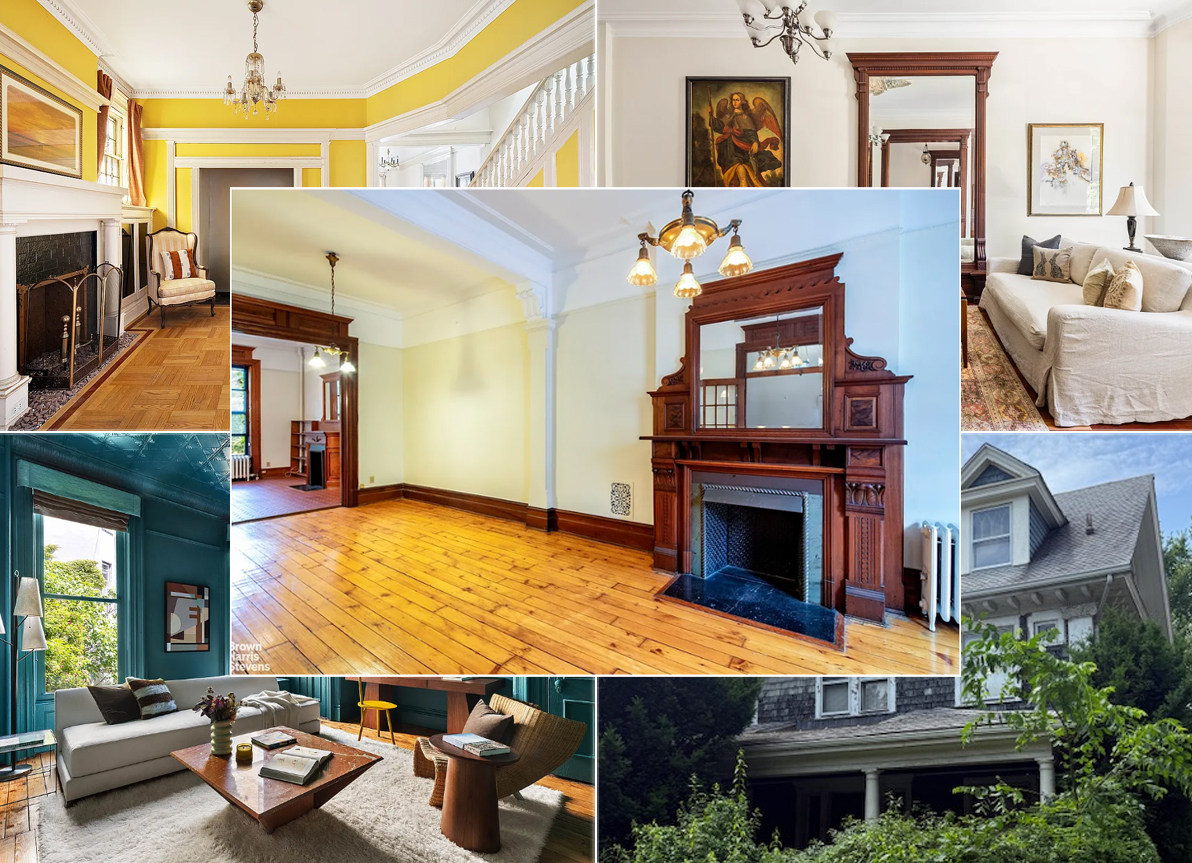
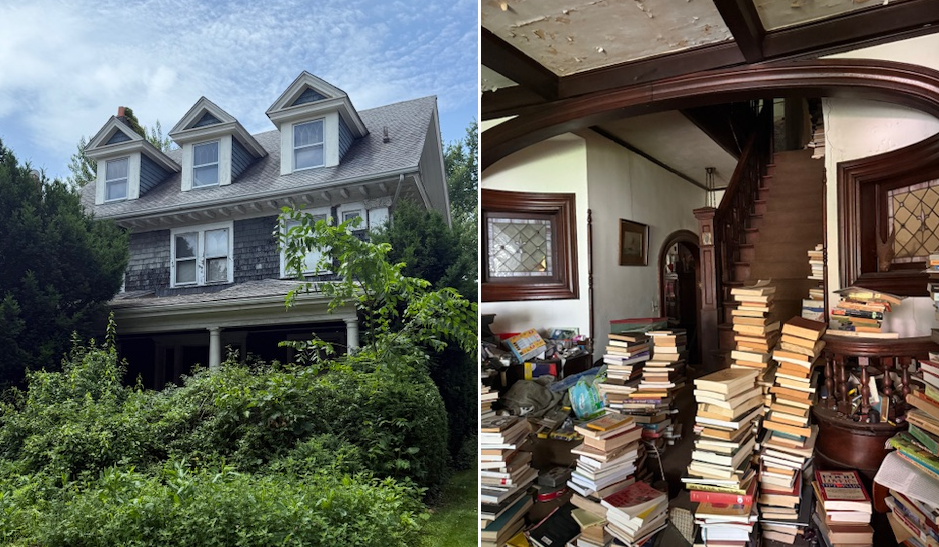
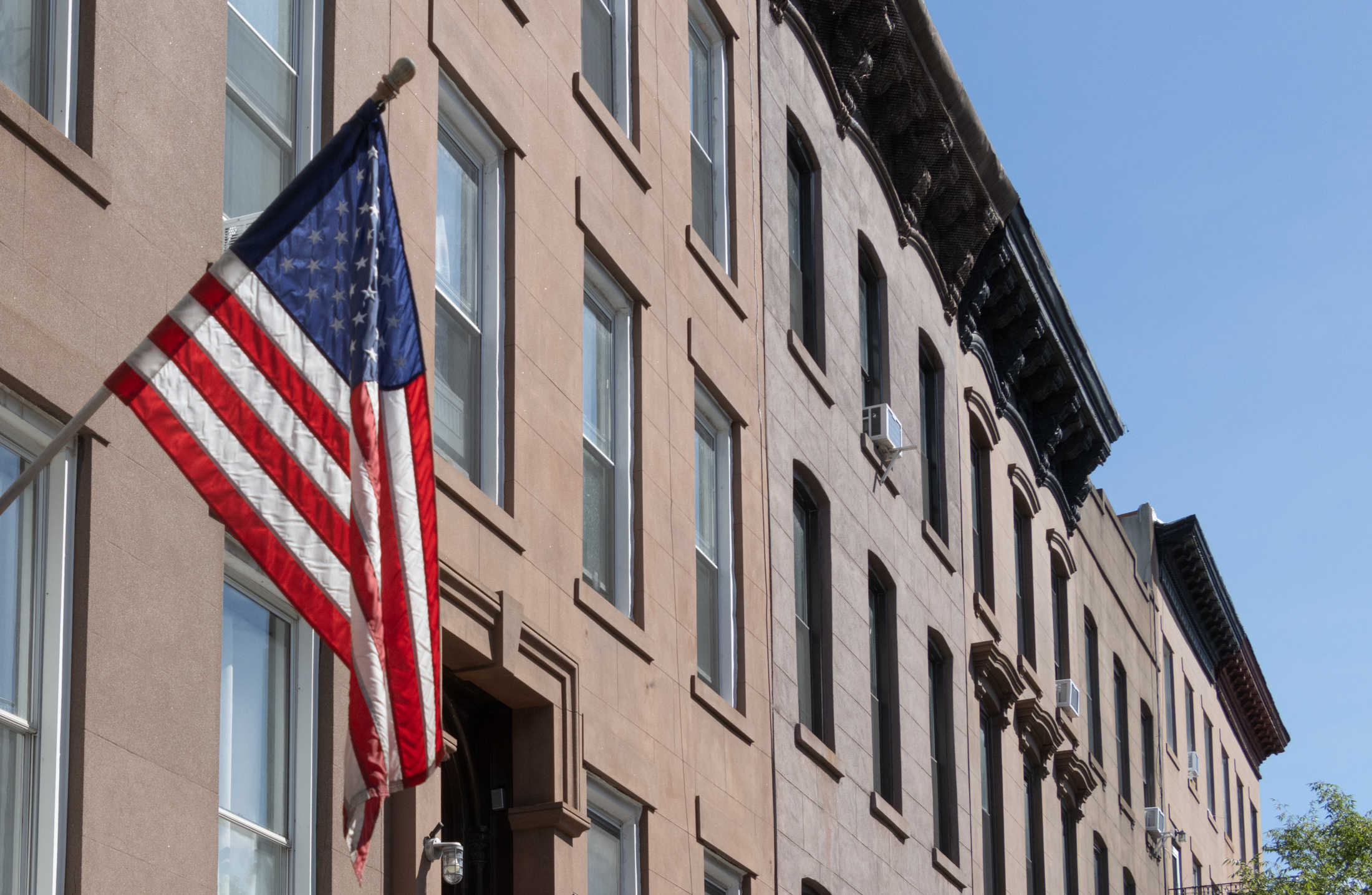
What's Your Take? Leave a Comment